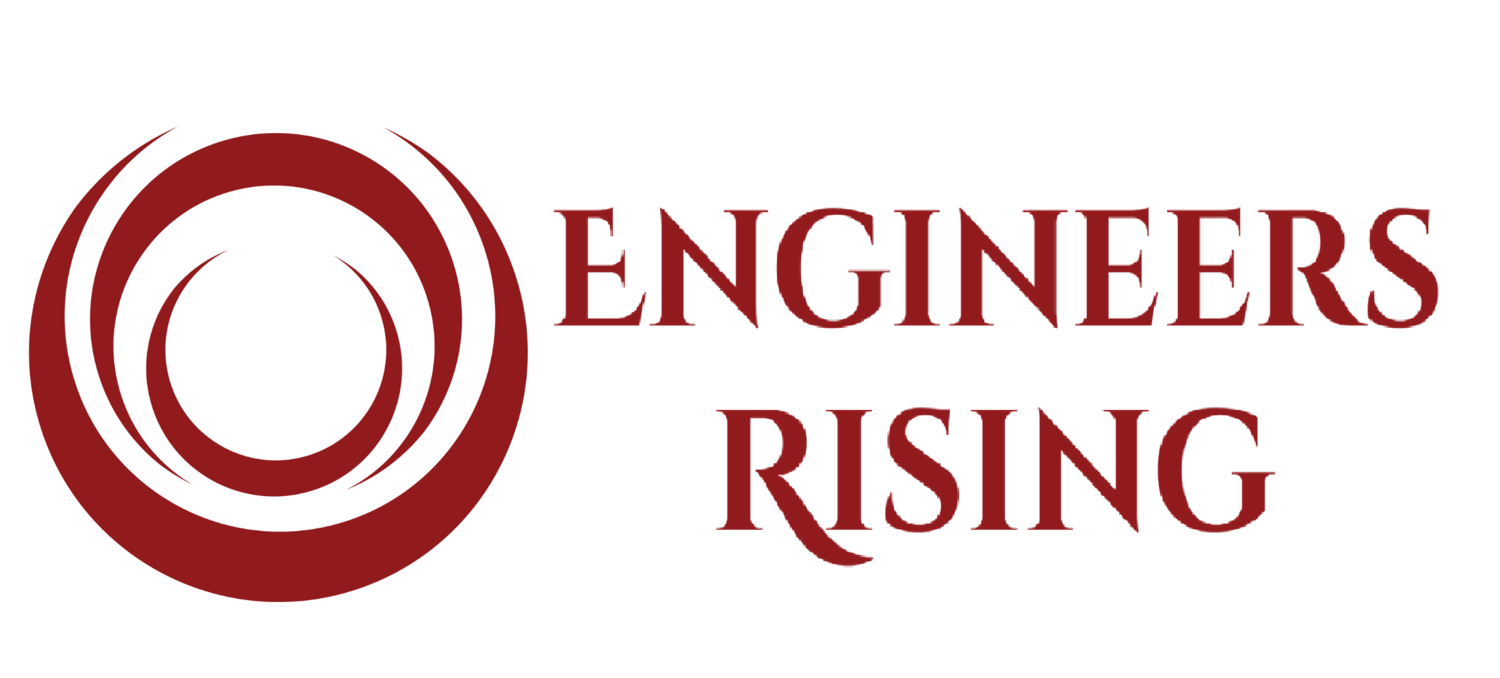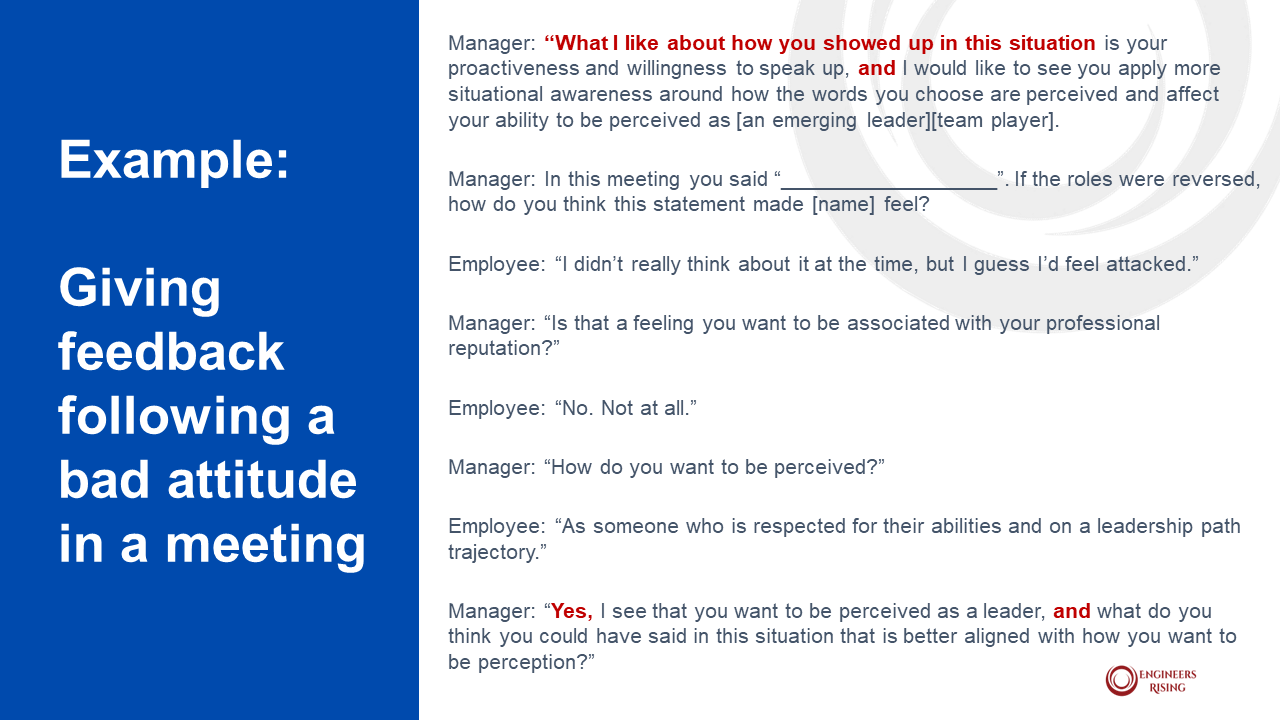I was sitting in a meeting when a newly-hired young professional excitedly shared an idea. “That won’t work because…” one of the senior engineers began.
I watched as the new hire deflated before the idea had even been given a chance to be understood. The lesson he learned that day was that sharing his ideas was risky because they would likely be judged as inadequate in front of the entire team.
It’s an all-too-common scenario in technical meetings and people management, and it’s hugely problematic if part of your job is to innovate.
Why? Because your best ideas are rarely your first ideas (according to THIS research published in the Harvard Business Review), and creative idea generation is a distinctly different brain “muscle” than analytical evaluation.
Further, research has shown that when brainstorming, quantity – NOT quality – is most important for a “generation of more ideas and more good ideas.”
Jumping straight to analytical evaluation when idea generation is ongoing stifles innovation. In the hands of an unskilled manager or facilitator, it can also create distrust within teams because the individual with the idea feels personally judged as lacking.
The natural human reaction to judgment by others (especially if it feels like public humiliation) is the survival mechanism of fight, flight, or freeze. You might get angry, defensive, point fingers, blank on how to respond, or retaliate when someone else shares their idea. You either keep your ideas to yourself because it doesn’t feel safe, or you alternately steamroll others with your idea (even if it’s not the best) because you are determined to “win”. These reactions are protection mechanisms against the fear of rejection.
Great managers and leaders know that building trust in their teams is essential to their performance. Building trust takes time. What can you do in the heat of the moment to ensure the team’s most creative ideas don’t get prematurely related to the recycling bin while simultaneously building more connections and rapport between team members?
Enter a straightforward yet effective tool: the phrase “Yes and.”
“Yes” and “And” are two simple words we use hundreds of times per day. But these two simple words have the power to uplevel your STEM leadership by building connections, generating ideas, and even handling difficult conversations.
The Words Leaders Use Matter: Why “that won’t work because…” and “Yes, but…” destroys trust and shuts down conversations
Let’s say you’ve just come out of a challenging meeting that didn’t seem to go anywhere. You’re debriefing with a colleague might look something like this:
Coworker: “What a terrible meeting—this client is so difficult.”
You: “Yes, but it could always be worse.”
Coworker, nodding head in agreement: “True. There was this one time when….”
And what happens after that? Well, nothing. The conversation is either done or has turned into a gripe session.
Another classic example: “This isn’t meant to be offensive, but….”
We all know that every word after “but” will be offensive. When you use the word “but,” everything that was said before that word is typically forgotten.
Consider this feedback sandwich example: “You have great analytical skills, but your communication skills need work.” Which part of this sentence are you most likely to recall? Most technical professionals will remember the negative second part long after they’ve forgotten the positive first part.
This is a conversation where you feel judged and found lacking, not a conversation that builds trust with your conversation partner. This is especially true if you are having this conversation with someone you know only at a transactional or superficial level, as is common with many work relationships.
“Yes-But” shuts down a conversation and negatively impacts the person you speak with. The receiver feels judged and disconnected because of that feeling of judgment.
A simple fix is to swap out the words. The phrase “Yes-AND” will open conversations and keep them going. It’s the exact opposite—instead of judgment and disconnection, the other person will feel heard, valued, and engaged in the conversation. See how different the “Yes-And” approach is:
Coworker: “What a terrible meeting—this client is so difficult.”
You: “Yes, and I’m wondering if there’s something else going on here.”
Here’s what “yes-and” looks like in the feedback sandwich:
Don’t use: “You have great analytical skills, but your communication skills need work.”
Do use: “You have great analytical skills, and sometimes I feel those strengths aren’t being communicated clearly in group meetings.”
The 10% Rule: Why “Yes-And” Works
“Yes-And” works because it focuses on the positive instead of the negative. The basic premise is simple: Find the 10% in any idea or different perspective that you agree with, and frame your response using “yes-and.”
Also known as the “10% rule,” as cited in the book Positive Intelligence by Shirzad Chamine, this mindset shift has powerful implications for day-to-day management and leadership behaviors, including managing conflict.
Consider:
How would you approach a disagreement differently if you MUST acknowledge the 10% that you agree with of the other person’s point of view before proceeding?
How much more creative could you be at work if your coworkers or those you managed were required to find and acknowledge the 10% good in every idea shared?
How much more motivating and team-building would your team’s brainstorming sessions be if you riffed off one another’s ideas using the 10% rule instead of the back-channel conversations after the meeting with everyone trying to convince others that their idea is best?
How would you respond to feedback (good and bad) differently if you could see just 10% of what was right in the person’s feedback?
Practical Example: “Yes-And” in a Meeting
A practical application example of “yes-and” is during a group meeting. The graphic below shows what happens in most meetings that stifles idea sharing and innovation on the left. The right shows how leading the conversation with the “yes and” technique positively impacts the entire meeting dynamic.
To use “yes and”, the challenge is to avoid your first instinct to rebut when someone says an idea with which you disagree.
Instead, pause and think: what’s something you like about it? Start with the 10%.
Then, add your “And.” One example: “What I like about your idea is that you are considering all the resources available to you [the 10% you like], and I’m now wondering how we can approach this project while staying on budget [your addition to the idea and topic to drive it forward].”
When you use this approach, you do a few things:
Validate the person’s idea. This results in individuals feeling like their contributions matter, and their unique skillsets are appreciated, two hallmarks of high-performance team environments.
Signal to the rest of the team that ideas are encouraged. That means other team members are more likely to share their thoughts.
Move the conversation toward a solution. While it may seem counterintuitive that validating what may initially seem like a bad idea helps you move more quickly toward a solution, that is exactly what this approach does. This is because it encourages everyone in the meeting to share their ideas so that all opinions are on the table and thus can be vetted together when brainstorming is complete. The alternative is endless meetings trying to come up with more ideas and time wasted in back-channel conversations after the meeting.
Instead of triggering people to become defensive or shut down by dismissing their ideas, use the 10% rule in combination with a “Yes-And” statement to empower people to move forward.
Practical Example: “Yes-And” for Leadership and Difficult Conversations
We’ve looked at a few “Yes-And” examples in a brainstorming or idea-generation context. This technique can also be effective when you need to have a difficult conversation.
Along with “Yes-And” phrasing and the 10% rule, it’s also essential to provide a specific example when giving feedback, especially sensitive feedback. Consider the difference between these two types of feedback:
“Your communication skills need some work.”
“I liked how you spoke up in yesterday’s meeting to share your ideas, and when someone else wanted to share theirs, it seemed like you were not interested in listening to it.”
The first feedback is too vague, but the second is specific and starts a conversation. The receiver can hear what you’re saying and, because of the 10% rule, not feel wholly dismissed or shut down—the conversation can continue until there’s a resolution.
Below is an example of what that conversation might sound like:
Here are some other examples of using “Yes-And” in practice:
“What I like about how you handled the situation is your proactiveness, and I would like to see you apply more situational awareness to how your words impact the team.”
“I appreciate that you are thinking of creative solutions, and I would like you to consider how those can fit within the scope of the project outline you’ve been given.”
“You are very good at walking the client through the project parameters, and I expect in the future that you will give more time to answering their questions and concerns.”
If you’d like more examples and tools for giving great feedback, you can also check out my previous blog on this topic HERE.
“Yes-And”: An Effective Tool to Uplevel Your People Skills
“Yes-And” is a powerful tool. I’ve seen how it builds connections with your team, allows you to develop more innovative ideas, and helps you give sensitive feedback. All of these are pillars of effective STEM leadership.




